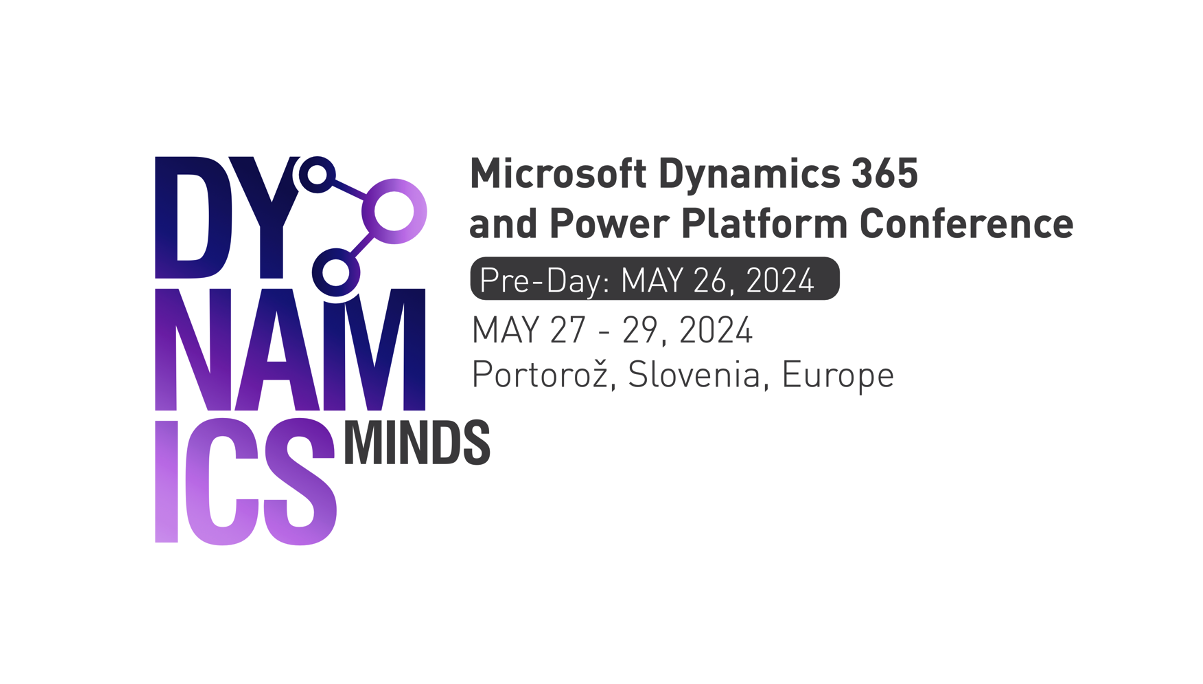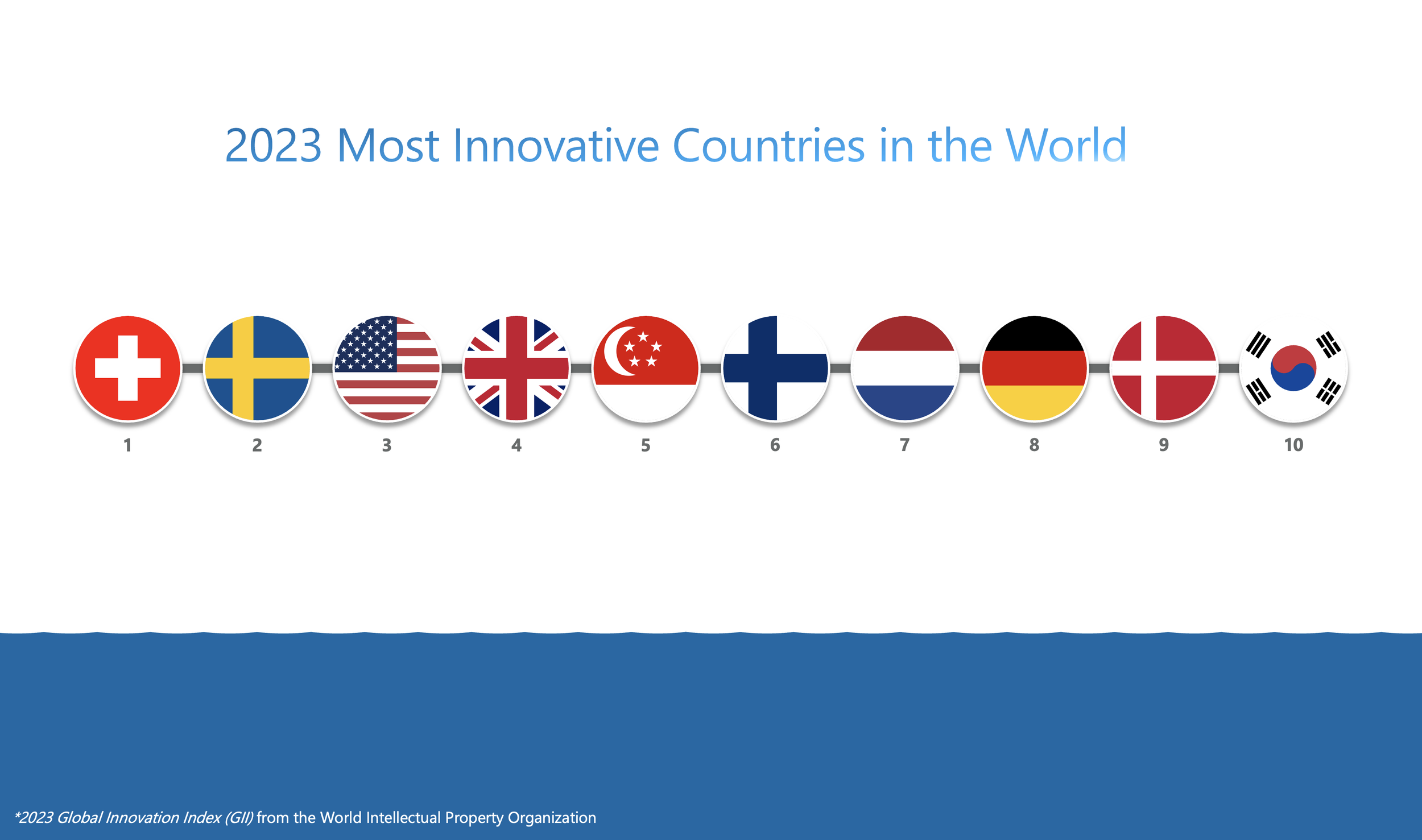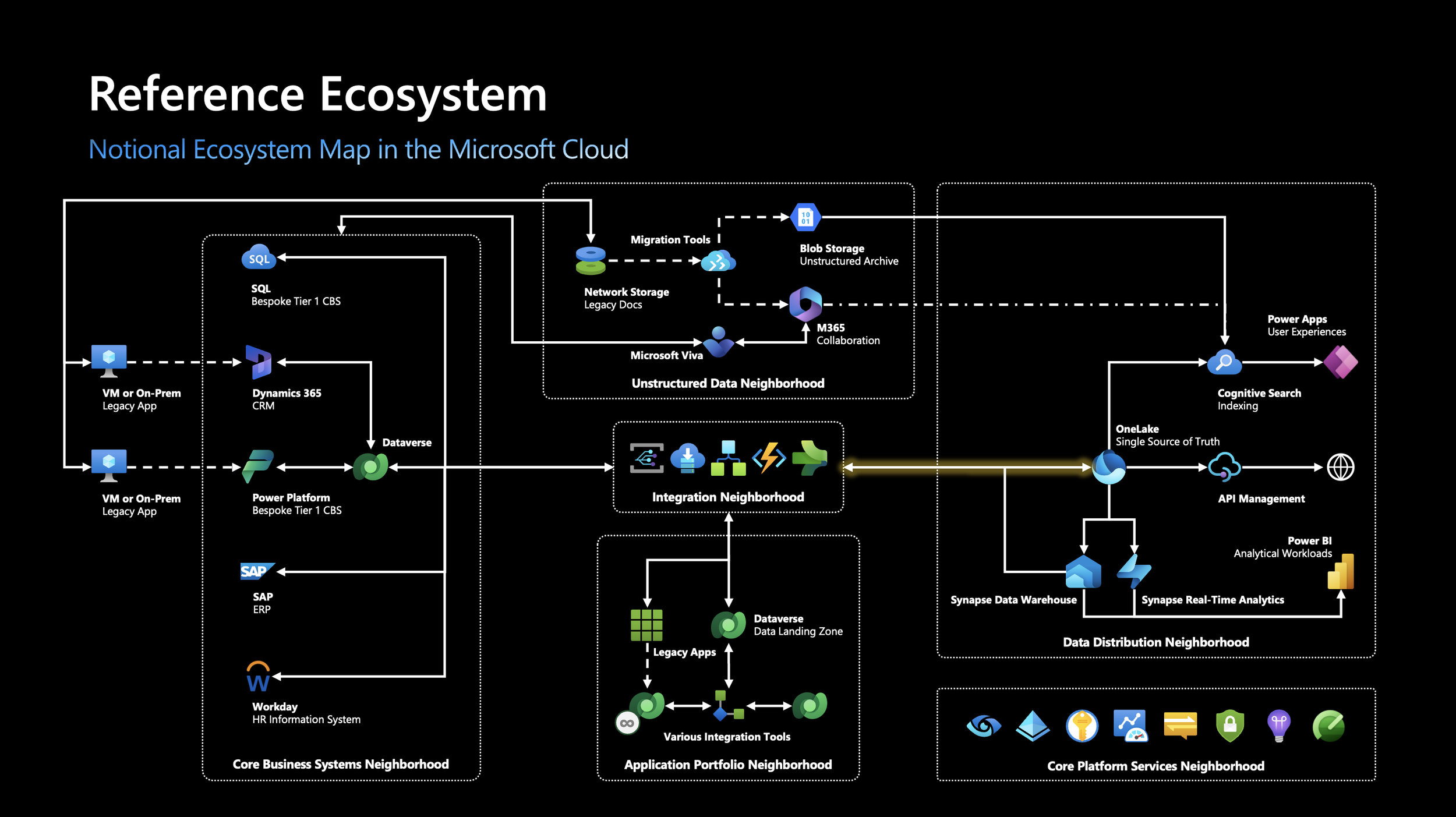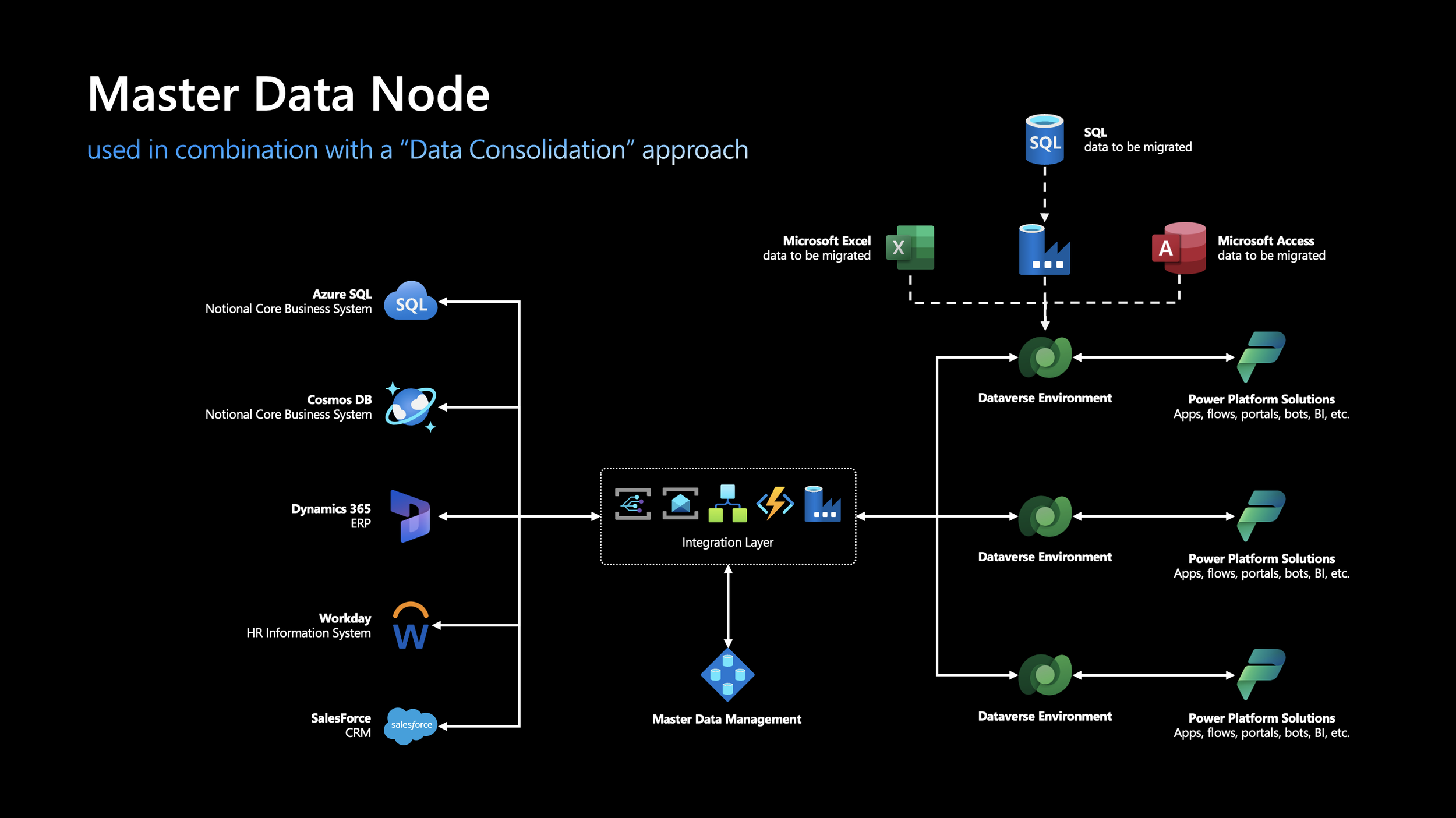
Events and Speaking
Recent and Upcoming
Crafting your future-ready enterprise AI strategy
It is as yet unknown if artificial intelligence is more akin to a “great invention” of the 19th and 20th centuries, or if it will ultimately represent another more incremental evolution of existing capabilities. The former—as seems more likely given the immense investments being made today—will present significant challenges to nearly every organization that, having become accustomed to incremental change, is suddenly faced with a “great inventions” caliber paradigm shift that AI seems to portend. Or, as I continue to remind the CIOs with whom I work closely, the grace period for organizations to get their act together and position themselves for the next wave is growing much shorter, the margin for error much more narrow. In this session we will explore AI strategies that are flexible, able to absorb tomorrow what we don’t fully grasp today, strategies that offer value to the organization beyond specific AI-driven workloads because the nature and value of these workloads will remain unclear for some time. We will understand core concepts behind AI acting on enterprise data, present a framework of five pillars upon which future-ready AI strategies are built, and discuss concepts and approaches to mitigate risk in your organization’s AI strategy.
Enterprise Architecting an Ecosystem
The cloud technology industry is transitioning from activity-based value to system-based value, meaning that value is shifting from the implementation of workloads in the direction of architecting strategic foundations and building platform ecosystems—the fabric into which applications, infrastructure, integrations, and the modern data platform is woven. In the Microsoft Cloud, these workloads are increasingly being built to (a) integrate with one another, (b) broader enterprise cloud estate, and (c) make use of common building blocks such as core platform services, Azure application and integration services, the “Fabric” modern data platform, and Power Platform. In other words, solutions are being tied together rather than architected in isolation, and this is generating vast datasets built as "single sources of truth". This session will get you thinking like the world's boldest solution and enterprise architects as we explore real-world examples of how organizations have stitched their workloads together into an ecosystem, best practices for doing so, and lessons learned along the way.
Strategic Thinking for the Microsoft Cloud
I have come to understand strategic thinking as more art than science. Strategy is surely informed in part by data, but I find that our society in general and the technology industry specifically too often confuse data and wisdom, that we foolishly (though understandably) seek heuristics or processes so that we can turn the art of strategic thinking into a game of color by numbers so simple that anyone can do it. When it comes to strategic thinking, better that we seek methods of framing our thoughts rather than shortcuts to the answers themselves. This session offers practical approaches to injecting strategy into your organization’s Microsoft Cloud journey, indeed, a selection of the same approaches I take with my clients. We explore a wide range of topics, including the impact of AI on the strategic landscape, how organizations have ever-decreasing time to absorb waves of innovation into their operating models, the transition from activity-based to system-based value, and how governance fits. We’ll then investigate a model for weaving strategic intent into the ongoing cloud journey, and explore industry-specific ecosystem maps that illustrate how other organizations have found success doing this.
The Tyranny of the Deliverable: Short stories on why many orgs struggle going big with Power Platform
Forrester research released in August 2022 confirmed the huge economic value that organizations receive "going big" with premium Power Platform. But many IT departments are still struggling to achieve that value. This session draws on our experience working with organizations worldwide sharing stories of three major challenges we see almost everyone encounter: Use Case Death Spiral, IT Tower of Babel, and the Tyranny of the Deliverable. We'll then finish with tried-and-true approaches to overcoming these barriers. This is an essential session for those working in Microsoft customer organizations, as well as consultants who guide those customers.
Five strategies for integrating Power Platform and Azure’s modern data platform
Convergence and integration of technical services are coupling with modern organizational models for accelerating rapid application development to create more and more scenarios where Power Platform and the Azure Data Platform are inextricably linked. Put another way, the data platform has grown ever more sophisticated whilst at the same time solutions developed in Power Platform demand access to more and more enterprise data. This session explores five strategies for integrating these two technology sets in the Microsoft Cloud: Point to Point, Direct to Master Data, Master Data Node, Data Landing Zone, and Modern Data Platform. We’ll consider ideal scenarios, advantages, and disadvantages of each before concluding with real-world examples of organizations who have done this in practice across several industries.










